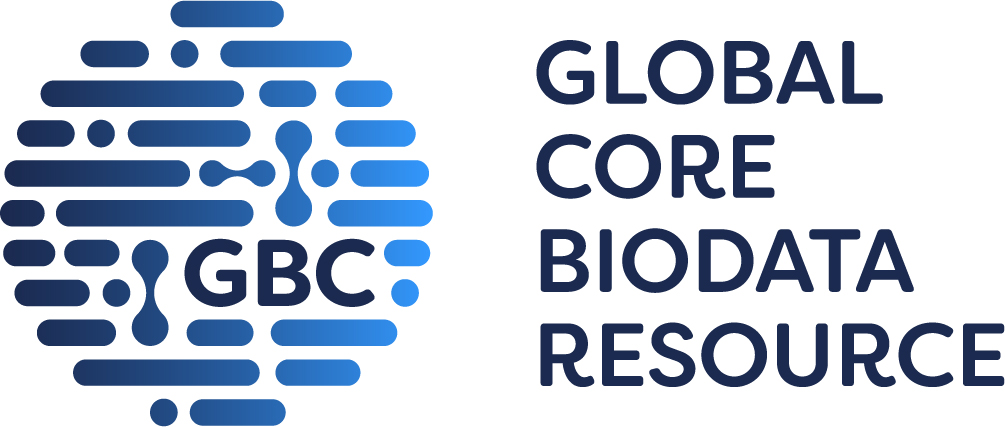
GtoPdb is requesting financial support from commercial users. Please see our sustainability page for more information.
QRFP receptor C
Formerly known as: Peptide P518 receptor
Unless otherwise stated all data on this page refer to the human proteins. Gene information is provided for human (Hs), mouse (Mm) and rat (Rn).
Overview
« Hide
More detailed introduction 
The human gene encoding the QRFP receptor (nomenclature as agreed by the NC-IUPHAR Subcommittee on the QRFP receptor [11]; QRFPR, formerly known as the Peptide P518 receptor), previously designated as an orphan GPCR receptor was identified in 2001 by Lee et al. from a hypothalamus cDNA library [9]. However, the reported cDNA (AF411117) is a chimera with bases 1-127 derived from chromosome 1 and bases 155-1368 derived from chromosome 4. When corrected, QRFPR (also referred to as SP9155 or AQ27) encodes a 431 amino acid protein that shares sequence similarities in the transmembrane spanning regions with other peptide receptors. These include neuropeptide FF2 (38%), neuropeptide Y2 (37%) and galanin Gal1 (35%) receptors. QRFP receptor was identified as a Gs-coupled GPCR [3,8] that's activated by the endogenous peptides QRFP43 (43RFa) and QRFP26 (26RFa) [3,5,8]. However, Gq- and Gi/o-mediated signaling was also reported [5,14]. Two naturally occurring mutations in the human QRFP receptor lead to distinct and opposite 26RFa-evoked signaling bias [12].
Receptors
|
QRFP receptor
C
Show summary »
More detailed page |
Comments
Further reading
How to cite this family page
Database page citation (select format):
Concise Guide to PHARMACOLOGY citation:
Alexander SPH, Christopoulos A, Davenport AP, Kelly E, Mathie AA, Peters JA, Veale EL, Armstrong JF, Faccenda E, Harding SD, Davies JA et al. (2023) The Concise Guide to PHARMACOLOGY 2023/24: G protein-coupled receptors. Br J Pharmacol. 180 Suppl 2:S23-S144.









The orphan receptor GPR83 (9NYM4) shows sequence similarities with the QRFP receptor, as well as with the NPFF1, NPFF2, and PrRP receptors.